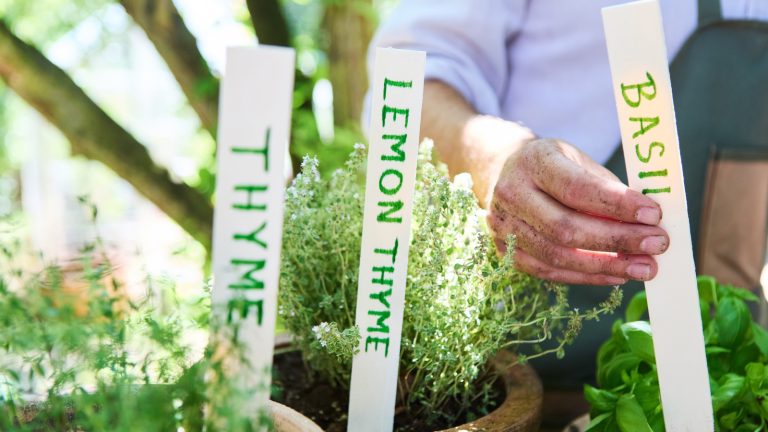
Plants are often native to specific regions, but it is unusual for a plant to be restricted to just one US state. The four-petal pawpaw (Asimina tetramera) is a rare exception, only found in Martin and Palm Beach counties in Florida. This unique plant has faced endangerment since 1986, with a declining population that has been further threatened by recent land development activities. There are now only approximately 1,400 four-petal pawpaws left in the wild.
The four-petal pawpaw is a fascinating species that produces beautiful flowers and fruit similar to tropical papaya. However, only the flesh of the fruit is edible, as the seeds and skin can cause nausea. Despite its intriguing characteristics, the plant has a scent that some describe as a mix of root beer and rotting bananas. While not a popular choice for consumption, it is still a valuable part of Florida’s biodiversity.
To spot the four-petal pawpaw, look for it between March and July when the flowers change from cream to maroon or yellow. The fruit ripens between August and October, but it is not recommended for consumption. Conservation efforts are crucial to preserving this rare species, and visitors are urged to be respectful of the plant and its habitat. Donations to organizations like The Center for Plant Preservation can help support the protection of endangered plants like the four-petal pawpaw.
How to spot the plant yourself — and help it stick around
If you want to see the four-petal pawpaw in its natural habitat, visit between March and July to witness the flower’s transformation. The plant can also be viewed at Bok Tower Gardens in Lake Wales, Florida, or at the Cincinnati Zoo and Botanical Garden in the Midwest. Remember to respect the plant and its environment to ensure its survival for future generations.






